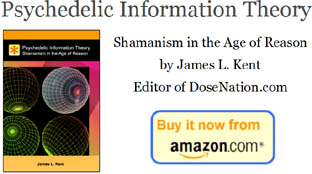Scripps Research study highlights endocannabinoid system
In findings that should finally put to rest a decade of controversy in the field of neurobiology, a team at The Scripps Research Institute has found decisive evidence that a specific neurotransmitter system -- the endocannabinoid system -- is active in a brain region known to play a key role in the processing of memory, emotional reactions, and addiction formation. The new study also shows that this system can dampen the effects of alcohol, suggesting an avenue for the development of drugs to combat alcohol addiction. The research was published in the journal Neuropsychopharmacology on May 12.
"This study will change a lot in the field," said Scripps Research Associate Professor Marisa Roberto, who was first author of the paper. "I'm confident it will have a big impact."
"This is very new," said Paul Schweitzer, associate professor of the neurobiology of addiction at Scripps Research and corresponding author of the paper. "It is the first time a study has shown a direct cellular interaction between endocannabinoids and alcohol in the brain."
The new research overturns the conclusions of a paper published by a European group in the Journal of Neuroscience in 2001. This paper claimed that endocannabinoid receptors, in particular the most common type called CB1, did not exist in the brain region called the central amygdala.
"Yet CB1 receptors are very abundant," said Schweitzer. "They are almost everywhere in the brain and there are lots of them. The endocannabinoid system acts on appetite, mood, memory—and addiction. Addiction is why we started to study it in the central amygdala."
The Scripps Research scientists began to suspect that the 2001 study, whose conclusions had been widely accepted in the field, might have missed the CB1 receptors in the brain's central amygdala. Indirect evidence from a number of subsequent studies -- including one by Scripps Research Associate Professor Loren "Larry" Parsons -- had suggested that the endocannabinoid system (and by implication its receptors) were indeed active in this brain region.
|

Recently @ DoseNation
|
|





















The comments posted here do not reflect the views of the owners of this site.